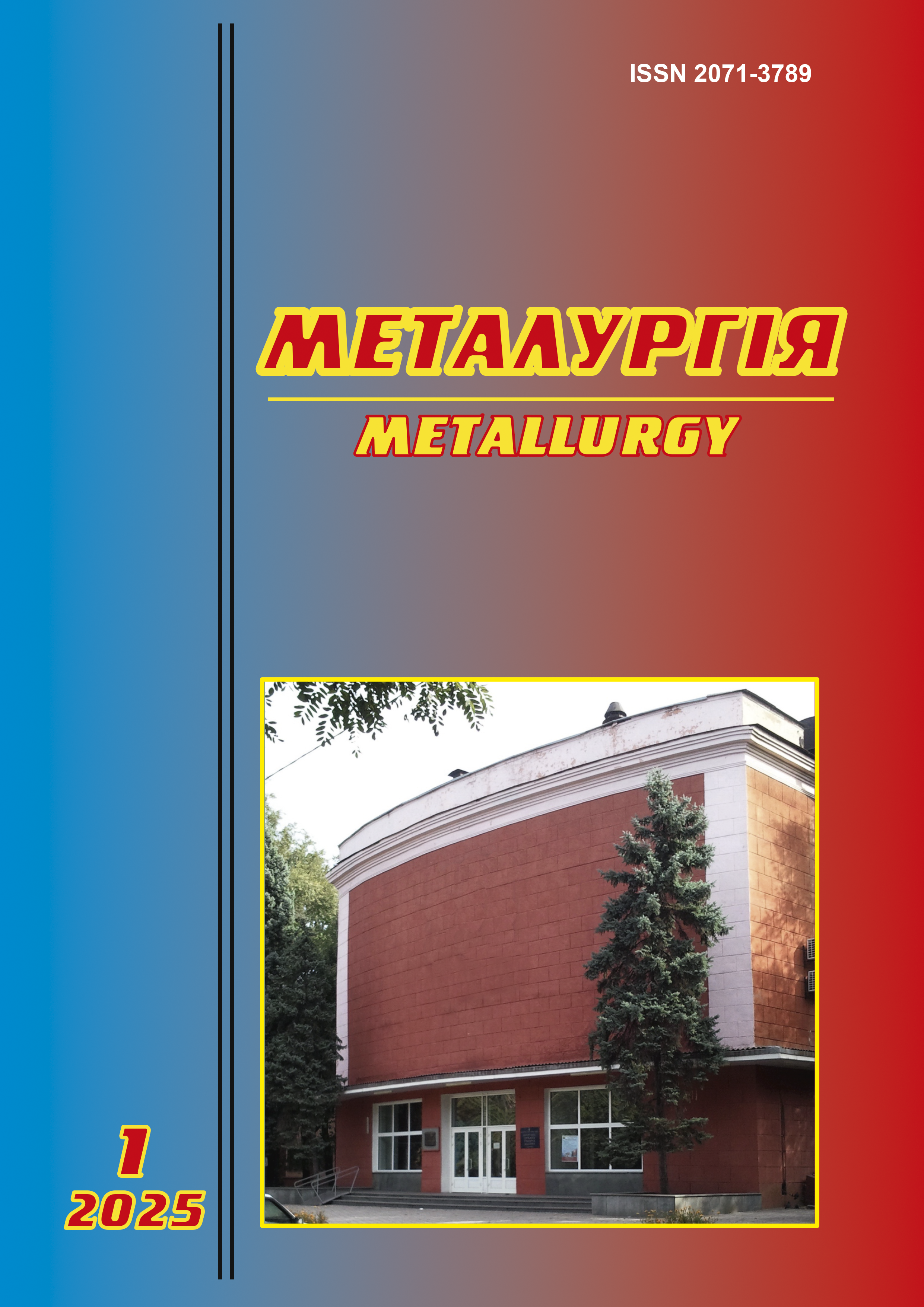METALLURGICAL AND TECHNOLOGICAL ASPECTS OF WELDING COMPOSITE AND DISSECTIOUS METALS
Abstract
When creating modern objects in aircraft engineering, rocketry, and space technology, there is a need to use not only individual components made of composites, which are often obtained by welding methods, but also to connect them with each other, as well as with homogeneous and heterogeneous materials, which is associated with certain difficulties.The main types of composite materials, their structure, properties and purpose are highlighted.The possibility of physical weldability of materials is considered: solubility in the liquid state, susceptibility to metallurgical processing of the weld pool metal.In this article the main problems connected with welding capacity оf composite materials with matrix from nonferrous metals and heterogeneous nonferrous metal aluminium + copper, alumi- nium + titanium, titanium + copper (oxide film, weld porosity, losses of strengthen fibres and particles, formation of intermetallic compositions, equivalent solid) and the ways that help to overcome them both on stage to preliminary prepare of wares before welding and during of the welding process are analyzed.It is shown that melting welding is the most technologically advanced type of composite material joining, but at the same time it is very complex due to delamination in the near- seam zone and porosity. Technological measures are presented, under which melting welding of composite materials will give satisfactory results. The permissible thickness of the intermetallic layer is indicated, at which the strength of the weld will be at a satisfactory level.The possibilities of pressure welding of dissimilar materials are considered.For all cases, the approximate strength of the resulting welded joints is given.The technical methods and technological recommendations by the welding this materials are given too.Modern tendencies on perfection welding capacity, technology and technique of manufacture from composite and heterogeneous nonferrous metals welded constructions are examined.
References
2. Сварка разнородных металлов и сплавов / В.Р. Рябов, Д.М. Рябкин, Р.С. Курочко, Л.Г. Стрижевская. Машиностроение, 1984. 239 с.
3. Сварка алюминия и его сплавов с другими металлами / В.Р. Рябов. Киев: Наукова думка, 1983. 264 с.
4. Металлургия и технология сварки титана и его сплавов / С.М. Гуревич, В.Н. Замков, В.Е. Блащук и др. 2-е изд., доп. и перераб. Киев: Наукова думка, 1986. 240 с.
5. Технологія та обладнання електричного контактного зварювання: навч. посіб. / О.Г. Біковський, Д.М. Лутов, І.В. Піньковський. Киев: Техніка, 2001. 240 с.
6. Сахацкий Г.П. Технология сварки металлов в холодном состоянии. Киев: Наукова думка, 1979. 296 с.

 ISSN
ISSN 


